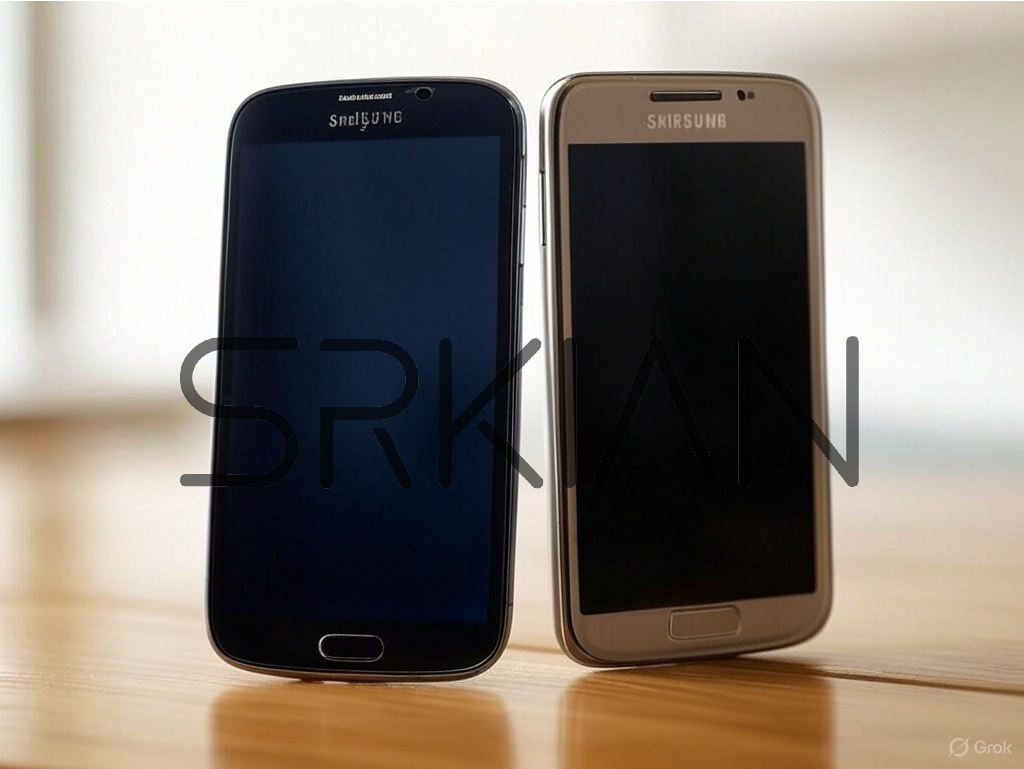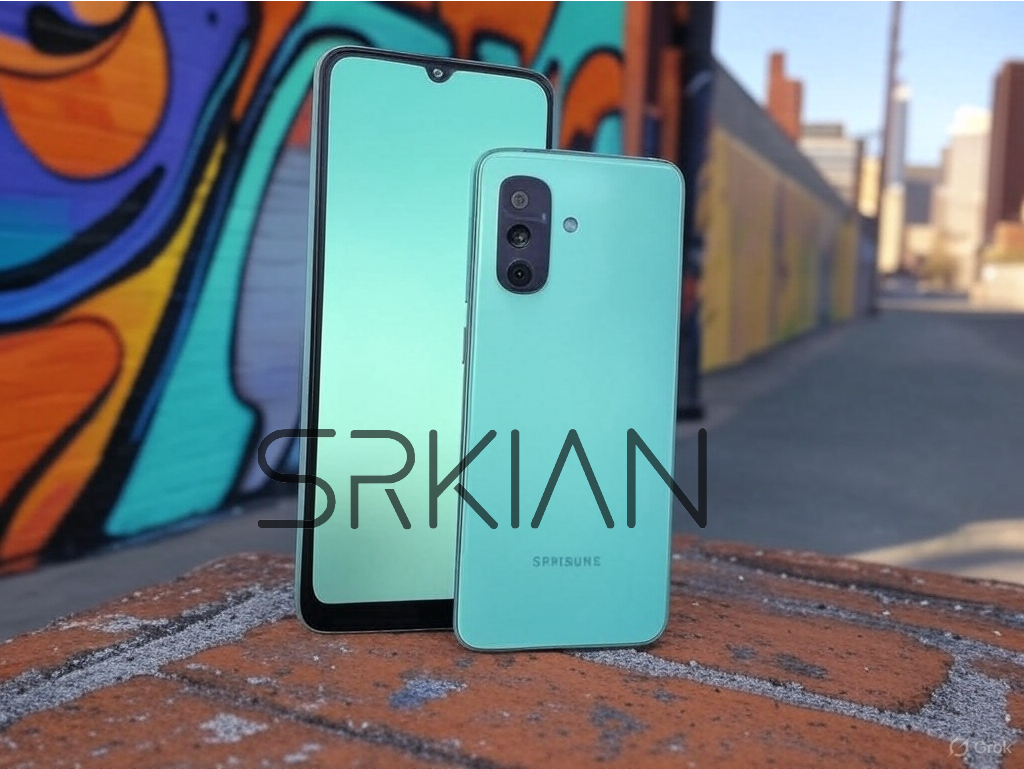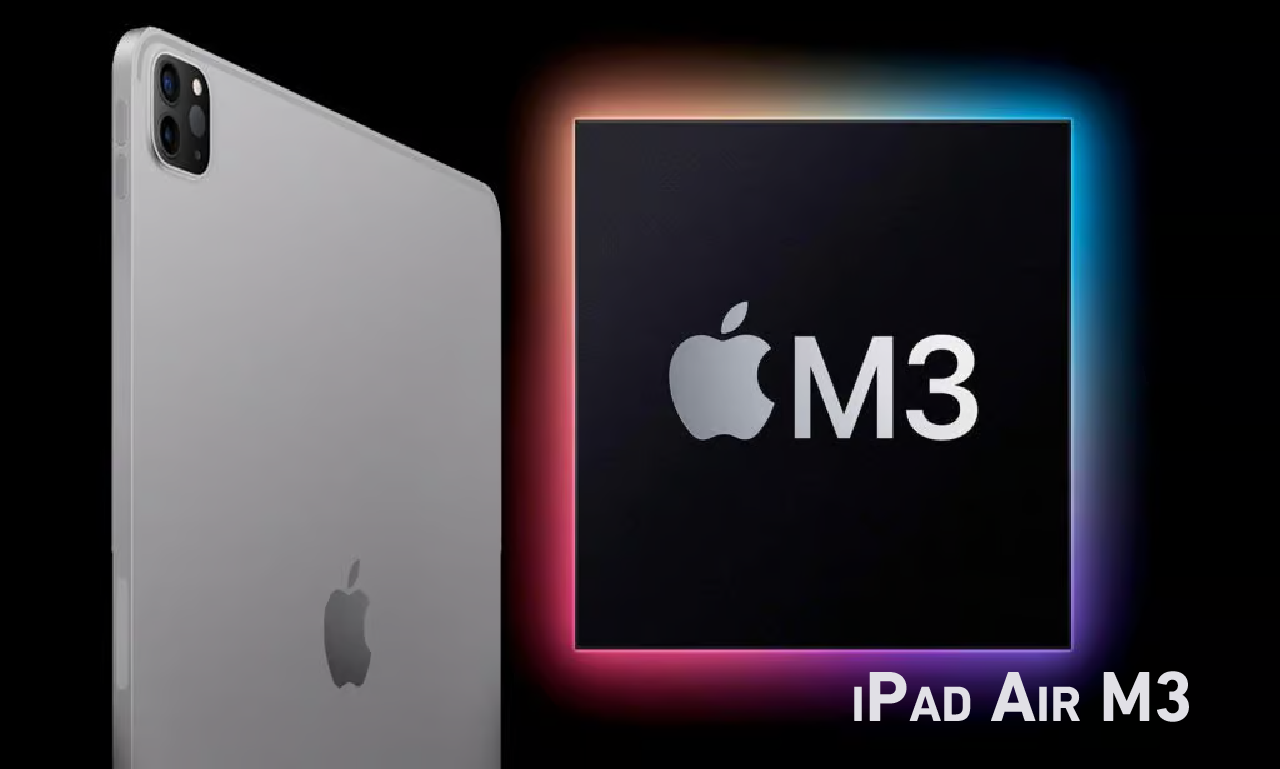The Samsung Galaxy S (2009 – original model), launched in June 2009, marked Samsung’s bold entry into the Android smartphone market. Known officially as the Samsung GT-I7500, this device was the first in the now-iconic Galaxy S series, laying the foundation for Samsung’s dominance in the global smartphone industry. While it may seem rudimentary by today’s standards, the original Samsung Galaxy S was a pioneering device that introduced key features and set the stage for the evolution of one of the world’s most successful smartphone lines. In this comprehensive review, we’ll explore the Samsung Galaxy S (2009) specifications, design, performance, pricing (both historical and current), and its legacy, optimized with SEO-friendly keywords to help you understand this historic device.
Overview of the Samsung Galaxy S (2009 – Original Model)
The Samsung Galaxy S (2009) was unveiled at a time when the smartphone market was heating up, with Apple’s iPhone and Nokia’s Symbian devices leading the charge. Samsung, already a player in the mobile phone space, took a significant leap by adopting Google’s Android operating system for its first Galaxy S model. Released in June 2009, the GT-I7500 ran Android 1.5 Cupcake and introduced Samsung’s vision for a touchscreen-centric, app-driven future.
Priced at approximately $400-$450 USD at launch (around Rs. 18,000-20,000 in India, adjusted for inflation), the Samsung Galaxy S (2009) targeted early adopters eager to explore Android’s potential. Today, as a collector’s item, its price varies widely depending on condition and availability, often ranging from $50 to $150 USD on platforms like eBay. Let’s dive into what made this original model a milestone for Samsung.
Samsung Galaxy S (2009) Specifications
Here’s a detailed breakdown of the Samsung Galaxy S (2009 – original model) specs:
- Display: 3.2-inch AMOLED, 320×480 pixels (HVGA), capacitive touchscreen
- Processor: 528 MHz Qualcomm MSM7200A (single-core)
- RAM and Storage: 128MB RAM, 8GB internal storage (expandable via microSD up to 32GB)
- Camera: 5MP rear camera (no flash), no front camera
- Battery: 1,500mAh, removable
- Operating System: Android 1.5 Cupcake (upgradable to Android 2.1 Eclair in some regions)
- Connectivity: 3G, Wi-Fi 802.11 b/g, Bluetooth 2.0, GPS, microUSB 2.0
- Dimensions and Weight: 115 x 56 x 11.9 mm, 119 grams
- Colors: Black, White
These specs reflect the technology of 2009, where AMOLED displays were a rarity, and single-core processors were standard. The Samsung Galaxy S (2009) stood out for its vibrant screen and expandable storage, features that were ahead of many competitors at the time.
Design and Build Quality
The Samsung Galaxy S (2009 – original model) embraced a compact, lightweight design typical of early smartphones. Measuring 115 x 56 x 11.9 mm and weighing just 119 grams, it was easy to hold and pocket-friendly. Its plastic body, available in Black and White, featured a glossy finish that, while prone to fingerprints, gave it a sleek look for its era.
The front was dominated by a 3.2-inch AMOLED display—a standout feature that offered richer colors and deeper blacks compared to the LCD screens common in 2009. Below the screen were three physical buttons: a Home key flanked by Menu and Back keys, a design choice that became a Samsung hallmark in later models. The lack of a front camera and a basic 5MP rear shooter without a flash underscored its simplicity, but the removable battery and microSD slot added practical appeal.
Display: AMOLED Innovation
The Samsung Galaxy S (2009) boasted a 3.2-inch AMOLED display with a resolution of 320×480 pixels (HVGA). While this resolution is low by modern standards, it was impressive for 2009, delivering a pixel density of around 180 PPI. The AMOLED technology, a rarity at the time, provided superior contrast and color vibrancy compared to the TFT LCDs used by competitors like the HTC Dream (the first Android phone).
This display made the Samsung Galaxy S (2009 – original model) a favorite for media consumption, despite its small size. However, its lack of Gorilla Glass or similar protection meant users had to be cautious about scratches and drops.
Performance: A Product of Its Time
Powered by a 528 MHz Qualcomm MSM7200A single-core processor and just 128MB of RAM, the Samsung Galaxy S (2009) was designed for basic tasks like calling, texting, and light app usage. Running Android 1.5 Cupcake, it offered access to the nascent Android Market (now Google Play Store), but its limited RAM and processing power meant multitasking was sluggish, and modern apps would be incompatible today.
The 8GB of internal storage, expandable up to 32GB via microSD, was generous for 2009, allowing users to store music, photos, and early apps. However, the Samsung Galaxy S (2009 – original model) struggled with performance as Android evolved, with official updates stopping at Android 2.1 Eclair in some regions.
Camera Capabilities
The Samsung Galaxy S (2009) featured a 5MP rear camera with autofocus but no LED flash, a significant limitation for low-light photography. It lacked a front-facing camera, a feature that wouldn’t become standard until later Galaxy models. Video recording was supported at a modest 320×240 pixels (QVGA) at 15 FPS, reflecting the era’s focus on basic functionality over multimedia prowess.
For 2009, the camera was adequate for casual snapshots, but it couldn’t compete with dedicated point-and-shoot cameras or even some Nokia phones of the time. The Samsung Galaxy S (2009 – original model) prioritized simplicity over advanced imaging, a stark contrast to today’s multi-lens smartphone cameras.
Battery Life and Charging
The Samsung Galaxy S (2009) came with a 1,500mAh removable battery, which was substantial for its time. With light usage—calls, texts, and occasional web browsing—it could last a full day. However, heavy use of 3G or Wi-Fi drained it faster, a common issue for early smartphones.
Charging was handled via a microUSB 2.0 port, with no fast-charging capabilities, as such technology didn’t exist in 2009. The removable battery was a practical feature, allowing users to swap in a spare—a convenience lost in most modern smartphones.
Pricing: Historical and Current Value
Launch Price
At its debut in June 2009, the Samsung Galaxy S (2009 – original model) retailed for around $400-$450 USD (approximately Rs. 18,000-20,000 in India, adjusted for exchange rates and inflation). This positioned it as a premium device, competing with the iPhone 3GS ($599) and Nokia N97 ($500-$600). It was often sold with carrier subsidies, reducing the upfront cost to as low as $150-$200 with a two-year contract.
Current Price (2025)
As of March 26, 2025, the Samsung Galaxy S (2009) is a collector’s item rather than a functional daily driver. On secondary markets like eBay, prices range from $50 to $150 USD, depending on condition (new-in-box units fetch higher prices). In India, it might cost Rs. 4,000-12,000, though availability is scarce. Its value today lies in nostalgia and historical significance rather than practicality.
Legacy and Impact
The Samsung Galaxy S (2009 – original model) was a modest but crucial step for Samsung. It introduced the Galaxy brand, which would evolve into a global powerhouse with successors like the Galaxy S II (2011) and Galaxy S III (2012). Its adoption of Android helped Samsung differentiate itself from Nokia and BlackBerry, while the AMOLED display showcased its display technology expertise—a strength that persists in models like the Samsung Galaxy S25 (#).
Though limited by today’s standards, the Samsung Galaxy S (2009) proved Android’s viability as a competitor to iOS, paving the way for Samsung’s rise to the top of the smartphone market by the early 2010s.
Pros and Cons
Pros
- Pioneering AMOLED display
- Expandable storage up to 32GB
- Compact, lightweight design
- Removable battery
- Affordable for a 2009 flagship
Cons
- Limited RAM and processing power
- No front camera or flash
- Outdated Android version
- Basic camera performance
- No modern app compatibility
Should You Buy the Samsung Galaxy S (2009) Today?
For practical use in 2025, the Samsung Galaxy S (2009 – original model) is obsolete. Its hardware can’t handle modern apps, and its software is unsupported, posing security risks. However, for collectors, historians, or tech enthusiasts, it’s a fascinating piece of smartphone history, available at a low cost on platforms like eBay.
If you’re seeking a functional Samsung device, consider newer models like the Samsung Galaxy A26 (#) or Galaxy S25 series, which offer cutting-edge features and long-term support.
Conclusion
The Samsung Galaxy S (2009 – original model) was a trailblazer that launched one of the most successful smartphone lines in history. With its AMOLED display, expandable storage, and Android foundation, it set the stage for Samsung’s future innovations. Priced at $400-$450 at launch and now a $50-$150 collector’s item, it remains a testament to the rapid evolution of mobile technology.
Interested in Samsung’s journey? Explore the Galaxy S series timeline (#) or check out the latest Samsung devices to see how far the brand has come since 2009!



![19232 [Converted]](https://srkian.com/wp-content/uploads/2025/03/19232-Converted-33.png)








